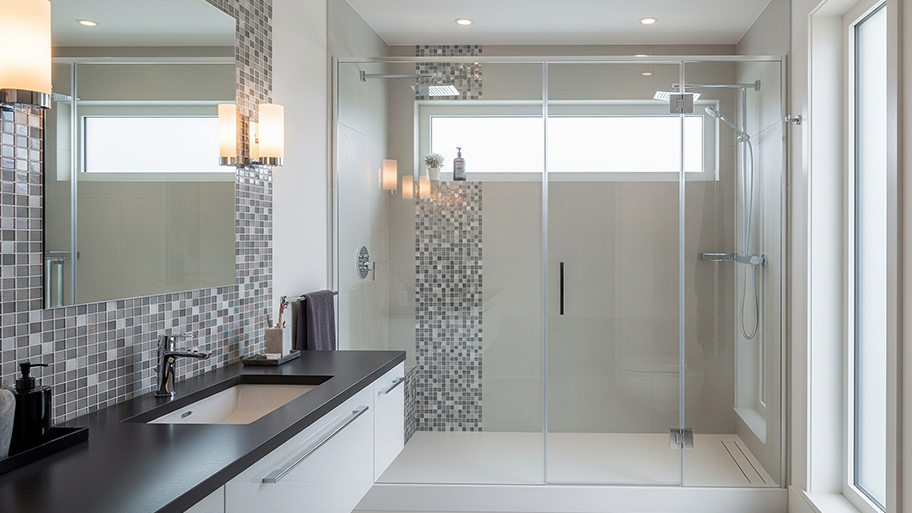
Need to get rid of lingering smoke odors in your home? Learn how much smoke remediation costs to budget accurately for this major undertaking.
Get your home back to normal with these tips


Recovering from a house fire can be a long and stressful journey that can entail extensive cleanup and high repair costs, depending on the severity and type of fire damage you’re dealing with. Use these fire damage cleanup tips to get that journey started off in the right direction.
First and foremost, you should prioritize safety. Working in a fire-damaged home can be dangerous for many reasons, especially if the building is structurally compromised. If there was major fire damage or you suspect you have structural damage, call a professional and let them carry out the initial work.
Even if you don’t have structural damage, soot and extinguisher chemicals can be harmful to inhale and can irritate your skin and eyes. Always wear protective gear, including a respirator, eye protection, gloves, and coveralls.
Most leaks, if taken care of in a timely manner, will not lead to any structural issues. Most leaks will result in sheetrock damage or simply the need to repaint because of staining. Leaks that go undetected for long periods of time can result in rotted wood.

Once you’re certain the property is safe to enter, you should start by avoiding further damage. If your firefighters put out the fire with water or the fire damaged your plumbing system and led to a leak, start by addressing the water. Use water pumps to pump standing water out, then remove puddles using a shop vacuum. Finally, run blower fans and dehumidifiers for 24 to 72 hours in any areas that saw water damage.
These steps will help prevent mold growth, meaning you’ll avoid additional damage and mold remediation costs on top of the fire damage restoration costs.
You should also contact your homeowner’s insurance company about the damage before starting the cleanup. They’ll need to send an assessor to your home to inspect the damage before approving cleanup and repair costs. You can take steps to secure your home, remove water, and dry out the interior as emergency repairs, but wait for your formal assessment before doing anything else.
Your insurance company may also need to see progress photos of the work you or your professional are completing to approve payments or change orders. It’s always a good idea to take pictures of new damages you discover and the process of cleaning up and repairing your home.
If you’re working with a professional, you should also get weekly updates in writing and keep those and any invoices and other documents you receive throughout the fire damage restoration process.

Recovering from a major house fire is doable, and while you should try not to stress too much about the fire damage restoration timeline, you should be prepared for how long the process is likely to take. Fire damage restoration could take as little as a week after a minor fire and smoke damage, and it could take a year or more if your home suffered a major fire. There are many things that affect the timeline:
The insurance approval process
The extent of the damage
The size of your home
The availability of new materials
The schedule of the fire restoration professional you hire
Start by getting an estimated timeline from your pro. Since it’s not always safe to live in a fire-damaged house or one undergoing major repairs, you may need to arrange for alternative housing for that amount of time. Your insurance provider should be able to help with the expenses, but get approval from them first. You should also be prepared for routine deep cleanings going forward, as smoke damage can be tricky to treat and may require multiple services.
Finally, don’t be afraid to call in a local fire damage restoration company, even if you’re only dealing with minor fire damage. A professional can work more quickly using specialized equipment and a team of experts to get you back into a comfortable home sooner. They’ll also be able to assess fire damage accurately, make professional repairs, and even work with your insurance provider to expedite the approval process.
From average costs to expert advice, get all the answers you need to get your job done.

Need to get rid of lingering smoke odors in your home? Learn how much smoke remediation costs to budget accurately for this major undertaking.

Ozone treatment can help with lingering smoke odors. Learn about ozone smoke removal costs to get an accurate idea of how to budget for this service.

Water damage restoration costs depend on the severity of the problem, the type of water, and the length of time the damage has been occurring.

What does dry rot look like? Knowing what signs to watch for will help you identify and treat infections before they’re too big to fix.

Protect your home from water damage with these 10 top tips. Prevent mold, mildew, and other problems that stem from water leaks and plumbing problems.

Learn the top 8 signs of water damage in drywall so you can identify water damage early, prevent costly repairs, and protect your home from further issues.